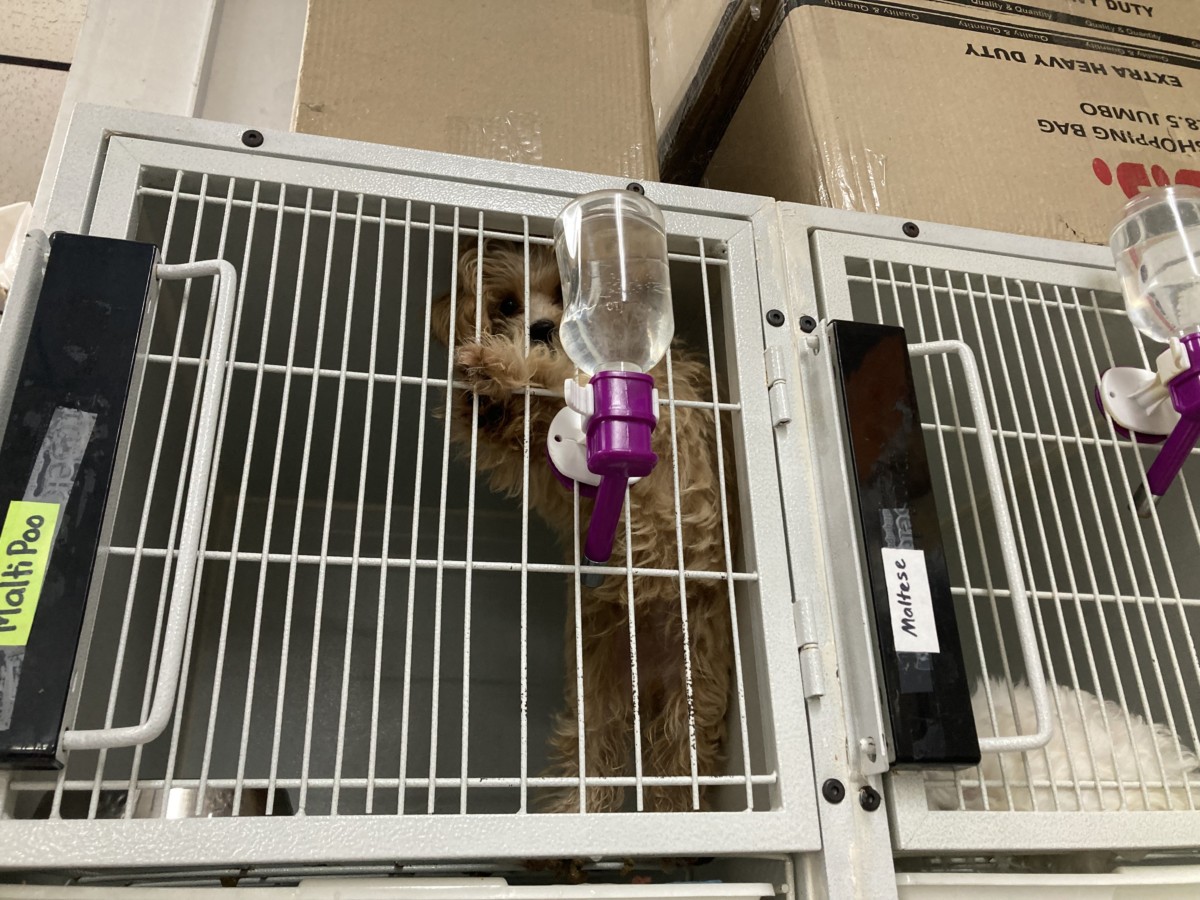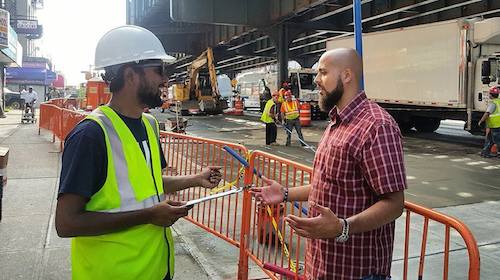A state bill banning the sale of dogs, cats and rabbits in retail pet shops passed the Senate and Assembly in June but is yet to be signed by the governor. Several pet dealers in the Bronx, there are five licensed in total, now await the decision of whether the “Puppy Mill Pipeline Legislation” will become law.






Marlene Jimenez, 31, owner of R&K Pet Shop in East Tremont, said she doesn’t know how she will change her business model if the law goes into effect.
“The only hope I have is – I hope my store doesn’t go down. A lot of businesses are shutting down and that’s my scare,” Jimenez said.
“I’m already getting people used to it. We’re minimizing our orders of dogs because the breeders are already leaving, they’re going somewhere else,” she said, arguing that pet shops “don’t make money from selling merchandise.”
Eddie Diaz, General Manager at R&K noted, “The dogs always sell, regardless. They go really fast. It’s amazing, because this is a poor neighborhood, you’d be surprised by how many people come.” The dogs usually sell for somewhere between $1,500 and $2,000, depending on breed, and decreasing in price as they get older.
Zoo-Rama, a Westchester Square pet shop, had more than 50 puppies for sale in its store on a day in September, making it one of the largest pet retailers in the Bronx. A Zoo-Rama employee said he believes the store will close if the bill goes into effect.
Instead of banning the sale of these animals in stores, he would rather the government put more restrictions in place and close the pet shops that don’t abide.
Meanwhile, animal rights organizations including the New York State Animal Protection Federation, are championing the bill, pressuring Governor Kathy Hochul to sign.
Looking for a dog with his partner on a Friday in September, Ivan Valerio, 30, explained that the reason that they chose to go to a pet shop was that “we got to interact with the pet.”
Valerio and his partner petted and picked up the dog they were considering in a playpen in the center of the store. “Since we’re first time pet owners, I don’t know if we would consider shelter pets,” said Valerio, adding they would also consider buying a dog from a breeder.
When not being considered for purchase, the more than 50 dogs at Zoo-Rama are held in metal kennels – sometimes two in one – with a blanket rolled up in the corner, leaving the kennels unlined so that the dogs’ excretions can fall through the gaps.
On the same afternoon, the dogs watched, slept, sipped their water or scratched at their cage. One black and white puppy ate the excrement off the bottom of his cage.
A young girl perused the kennels with her mother.
“No. No… you be quiet,” she said sternly to a barking dog.
Shelters and breeders, unlike pet shops, would not be affected by the ban on pet sales. The sale of animals from breeders to consumers would remain legal, as would adoption.
“The pet stores have the opportunity with this bill to rebrand as humane pet stores that care about the animals,” said Libby Post, Executive Director of the NYSAPF. They could work together with shelters, for example, placing animals up for adoption in the storefront windows instead of ordering puppies.
The NYSAPF sent over 2,500 postcards to the governor’s office, urging her to sign the bill, Post said. Hochul is reviewing the legislation, according to her press office.
While the bill failed to pass the assembly in 2019 and 2020 in its previous versions, in June, it passed the New York Senate 57 in favor to 5 against.
If the bill is signed by the Governor the act will go into effect one year after becoming law.



